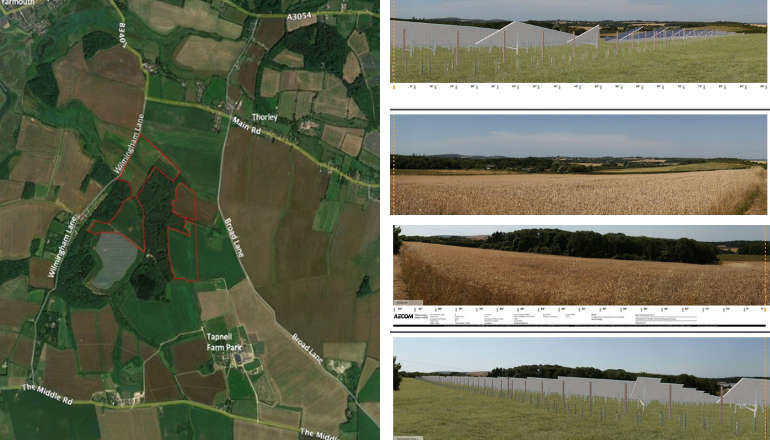
Plans for a new solar farm on the Isle of Wight — which could generate enough energy for around 9,300 homes — could get the go-ahead today (Tuesday).
The proposed Barnfield Solar Farm has been met by fierce opposition, with more than 100 objections from residents, the Island’s MP and local town and parish councils, although IW Council planning officers recommend its approval.
Objectors argue there will be zero local benefits, and that the solar farm would be visually intrusive, change the character of a country lane, increase the risk of flooding and mean it is more likely pollution could enter Barnfields Stream and Yarmouth Estuary.
Bob Seely MP called the plan inappropriate for the site, citing an ‘industrial character incompatible with the rural setting.’
However, the National Trust is supporting the plans, saying it would provide much-needed green energy that would be well-screened from local residents.

Another 40 supportive comments have also been submitted to the Isle of Wight Council.
Concerns about the security measures been raised by Hampshire and Isle of Wight Constabulary’s Designing Out Crime Officer, who says thefts from solar farms have sharply increased.
Along with solar panels, CCTV cameras, perimeter fences, inverters and transformers would be installed.
The Isle of Wight Council’s planning committee will consider the application tomorrow.
Officers said the solar farm would result in significant positive economic, social and environmental benefits, outweighing the minimal to moderate negative impacts.
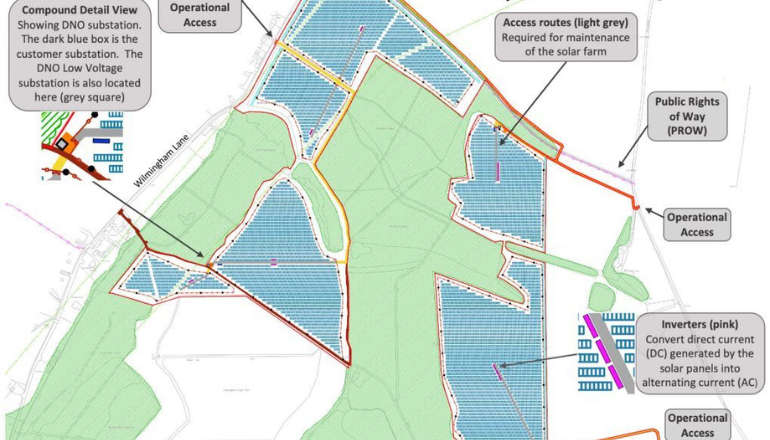
Those negative impacts, the officers say, would be a loss of both ‘moderate to good’ quality agricultural land and a section of public right of way.
Recommended approval is subject to 21 conditions; including tree protection measures, the enhancement of the public footpath and installing security measures.
The solar farm is planned for the outskirts of Yarmouth, next to the Wilmingham Solar Farm, on Wilmingham Lane, near Thorley, and would operate for 40 years.
It has reduced in size since the plans were first submitted, by Low Carbon UK, but could still produce approximately 28 megawatts a year, exported to the network via Shalfleet Substation.


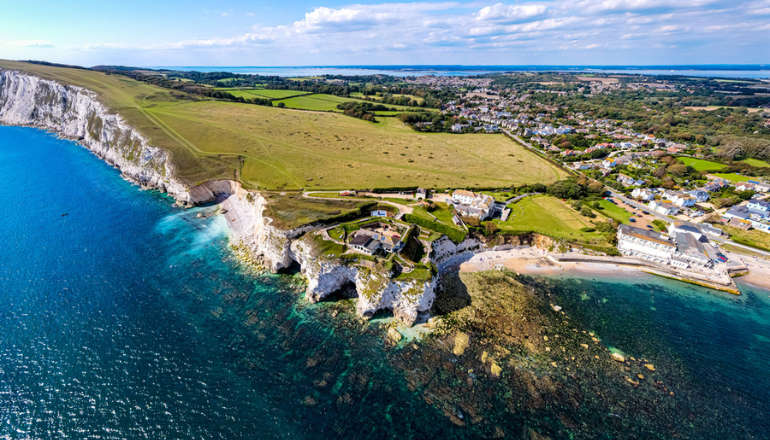 Five-Year Isle Of Wight Area Of Outstanding Natural Beauty Plan Unanimously Approved
Five-Year Isle Of Wight Area Of Outstanding Natural Beauty Plan Unanimously Approved
 More Islanders Cross The Solent With Wightlink’s Discounted Fares For NHS Appointments
More Islanders Cross The Solent With Wightlink’s Discounted Fares For NHS Appointments
 Hampshire And Isle Of Wight Air Ambulance Funds Defibrillators For The Community
Hampshire And Isle Of Wight Air Ambulance Funds Defibrillators For The Community
 Isle Of Wight Council Budget Pressures Likely To Continue Following Autumn Statement
Isle Of Wight Council Budget Pressures Likely To Continue Following Autumn Statement
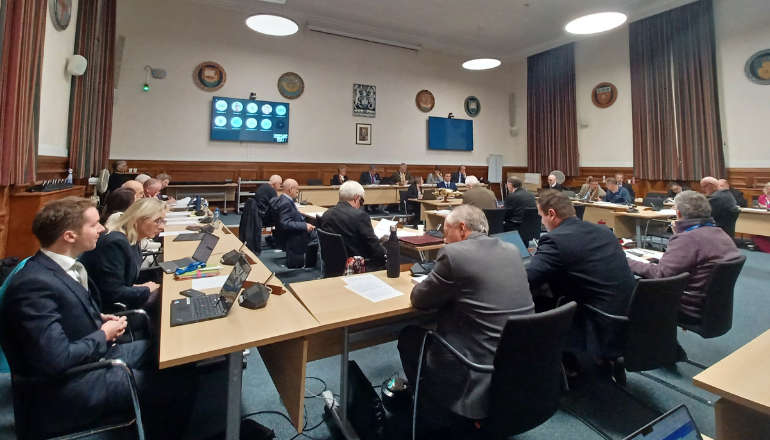 Council Approves Support Package To Help Islanders On Low Incomes
Council Approves Support Package To Help Islanders On Low Incomes
 Isle Of Wight Councillor In Mental Health Priority Motion
Isle Of Wight Councillor In Mental Health Priority Motion
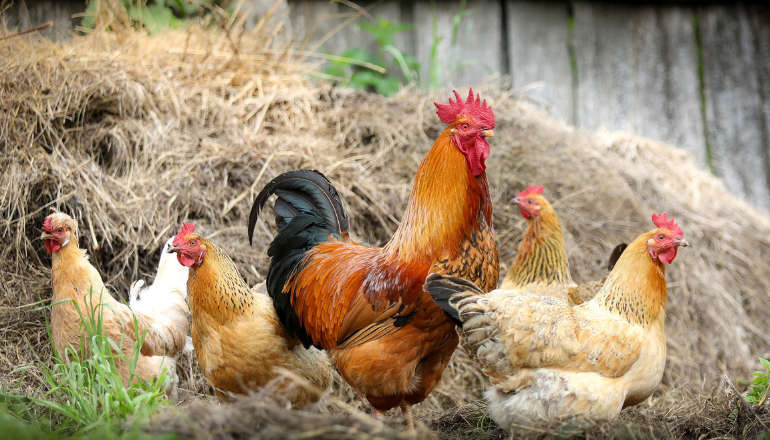 Bird Keepers Urged To Remain Vigilant Following Increased Avian Influenza Risk
Bird Keepers Urged To Remain Vigilant Following Increased Avian Influenza Risk
 Island Pupils Receive Lesson In Road Safety That Could Save Lives
Island Pupils Receive Lesson In Road Safety That Could Save Lives
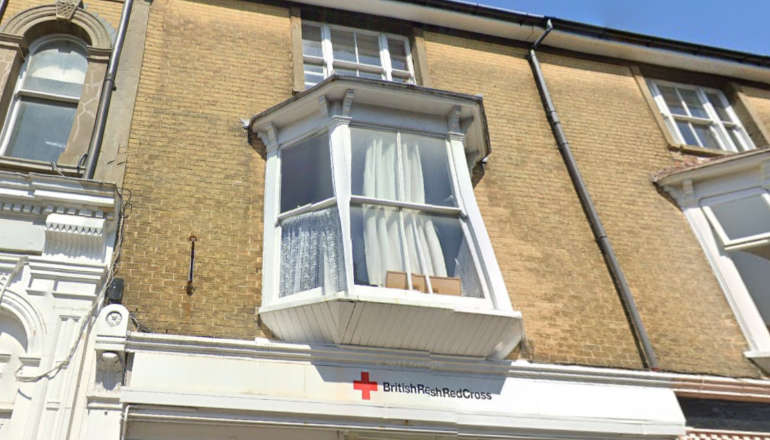 New Shanklin Flats Given Green Light
New Shanklin Flats Given Green Light
 Joe Robertson Appointed Parliamentary Private Secretary For Shadow Culture, Media And Sport
Joe Robertson Appointed Parliamentary Private Secretary For Shadow Culture, Media And Sport
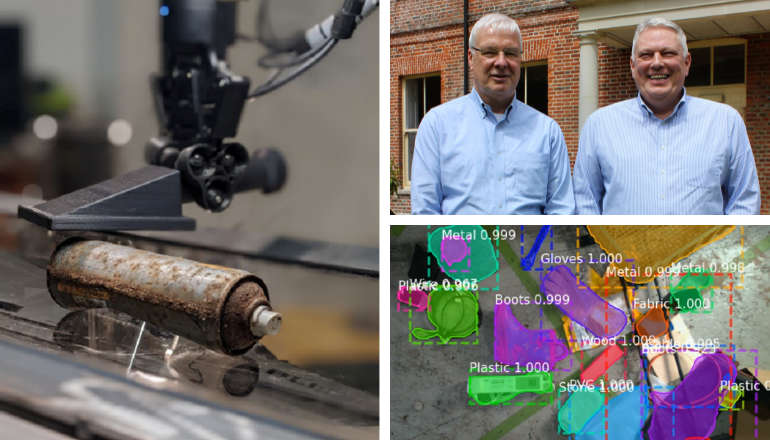 Shanklin Company Making Nuclear Waste Sorting Safer, Greener And Cheaper
Shanklin Company Making Nuclear Waste Sorting Safer, Greener And Cheaper
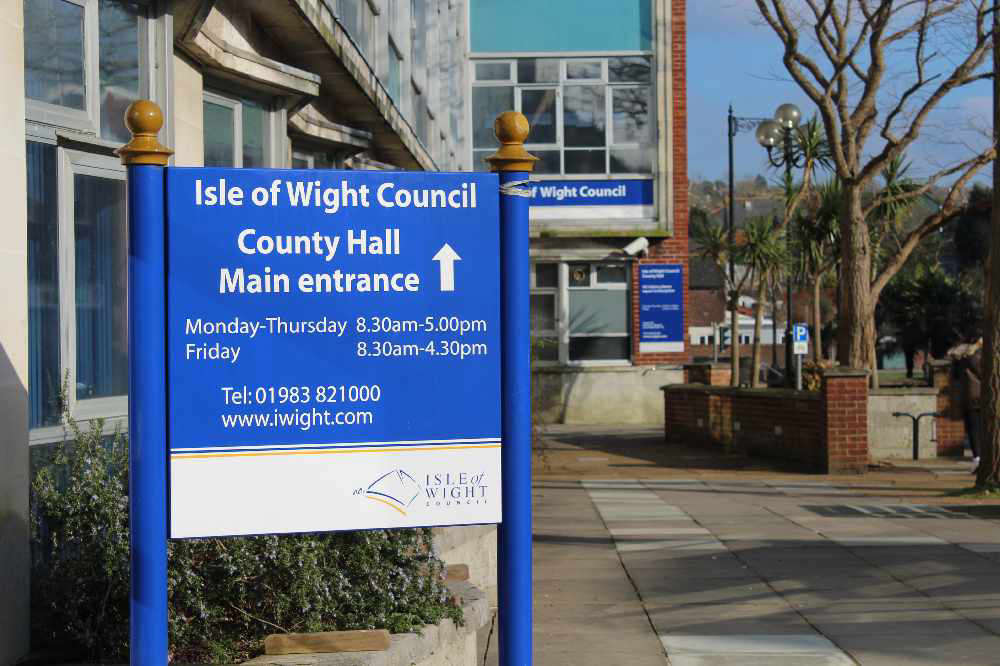 Five-Year Isle Of Wight Landscape Plan Decision On Horizon
Five-Year Isle Of Wight Landscape Plan Decision On Horizon
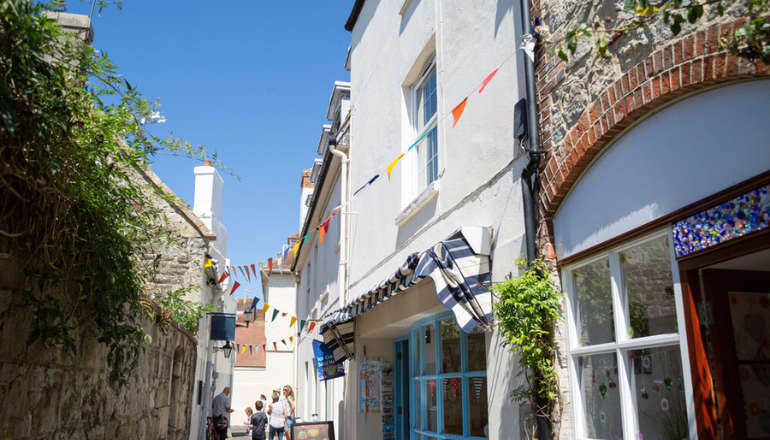 Help Sought For Isle Of Wight's Struggling Small Businesses
Help Sought For Isle Of Wight's Struggling Small Businesses
 Primary School Admissions For September 2025 Now Open
Primary School Admissions For September 2025 Now Open
 Island Families Invited To Take Tour Of St Mary's Special Care Baby Unit
Island Families Invited To Take Tour Of St Mary's Special Care Baby Unit
 Work To Sink Three Boreholes At Leeson Road Due To Finish This Week
Work To Sink Three Boreholes At Leeson Road Due To Finish This Week
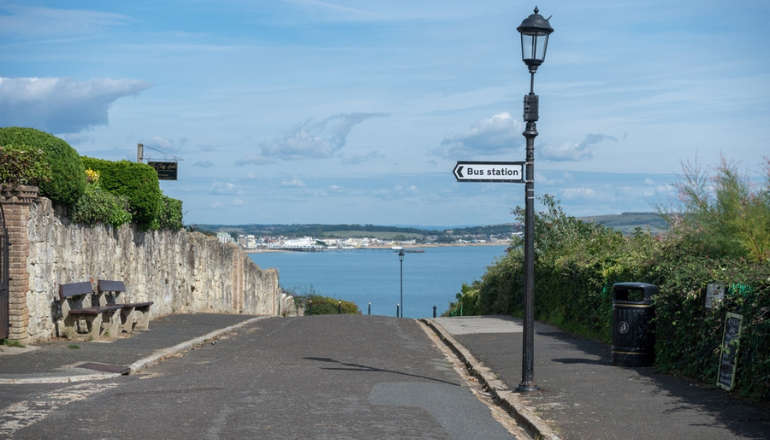 Emergency Works Underway To Repair Shanklin Culvert And Prevent Flooding
Emergency Works Underway To Repair Shanklin Culvert And Prevent Flooding
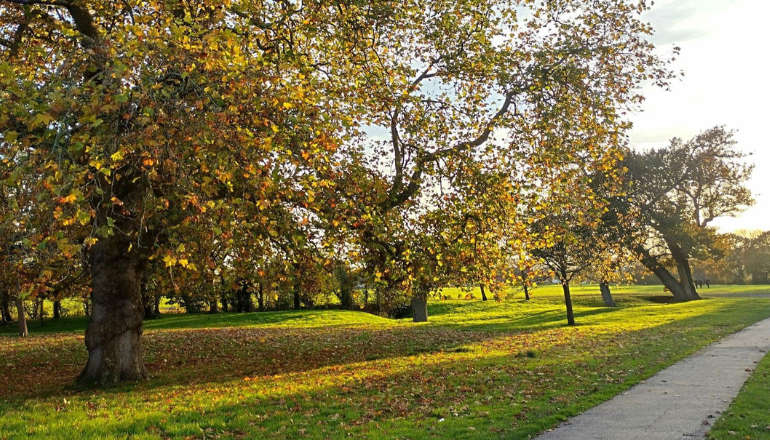 New Strategy For Tree Care On Isle Of Wight
New Strategy For Tree Care On Isle Of Wight
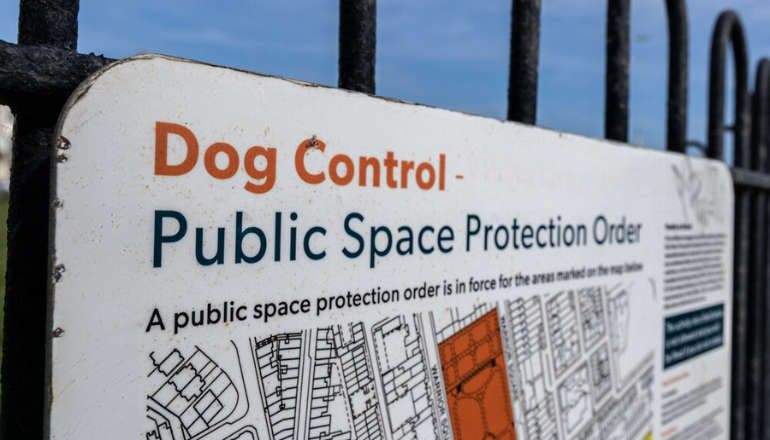 Public Spaces Protection Orders To Be Reinstated Across The Island
Public Spaces Protection Orders To Be Reinstated Across The Island
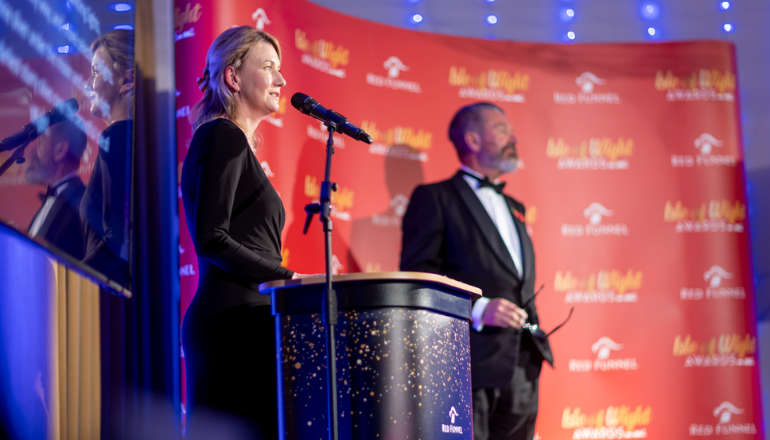 Who Is Your Island Tourism Hero? Red Funnel's Isle Of Wight Award Nominations Open For 2025
Who Is Your Island Tourism Hero? Red Funnel's Isle Of Wight Award Nominations Open For 2025


